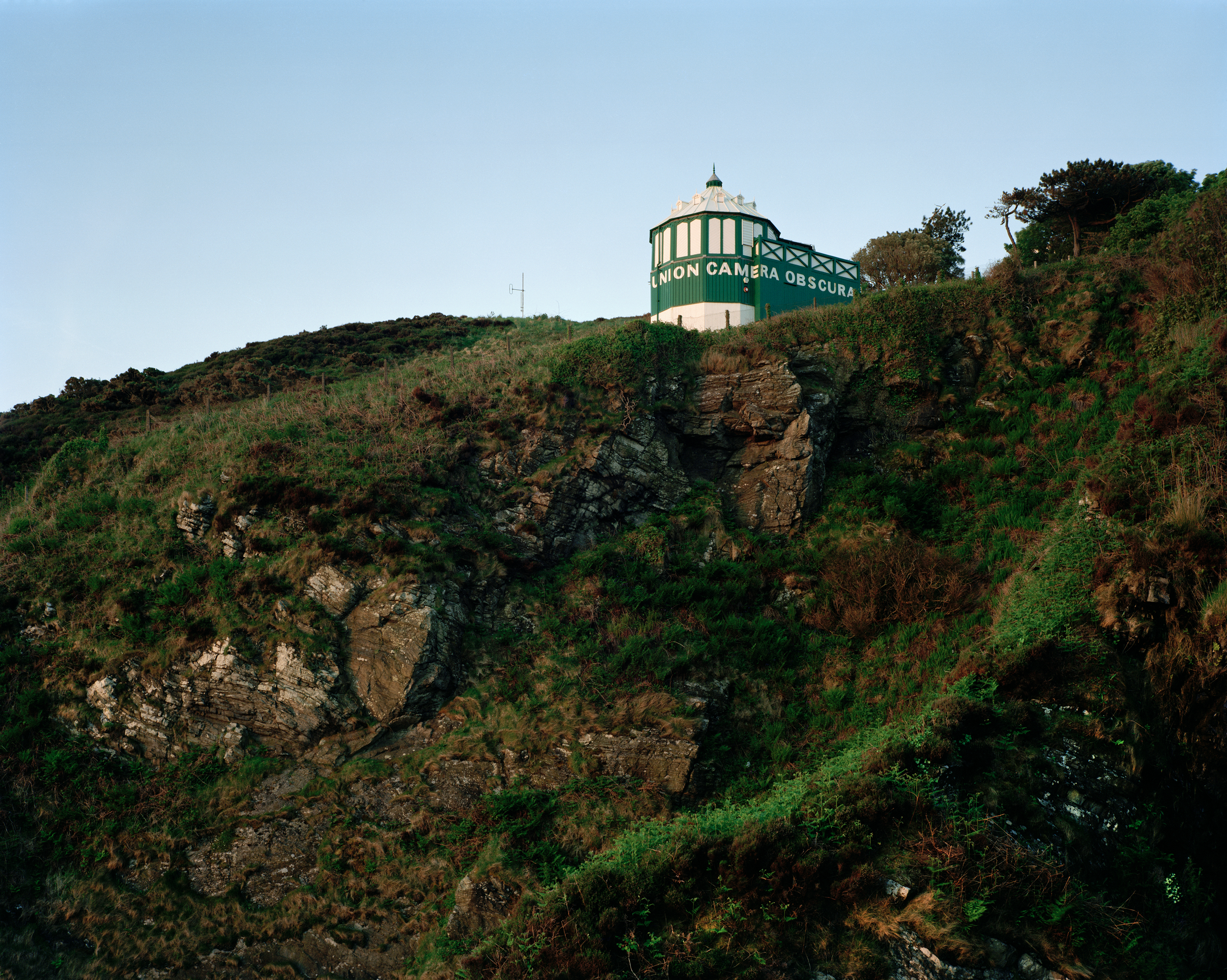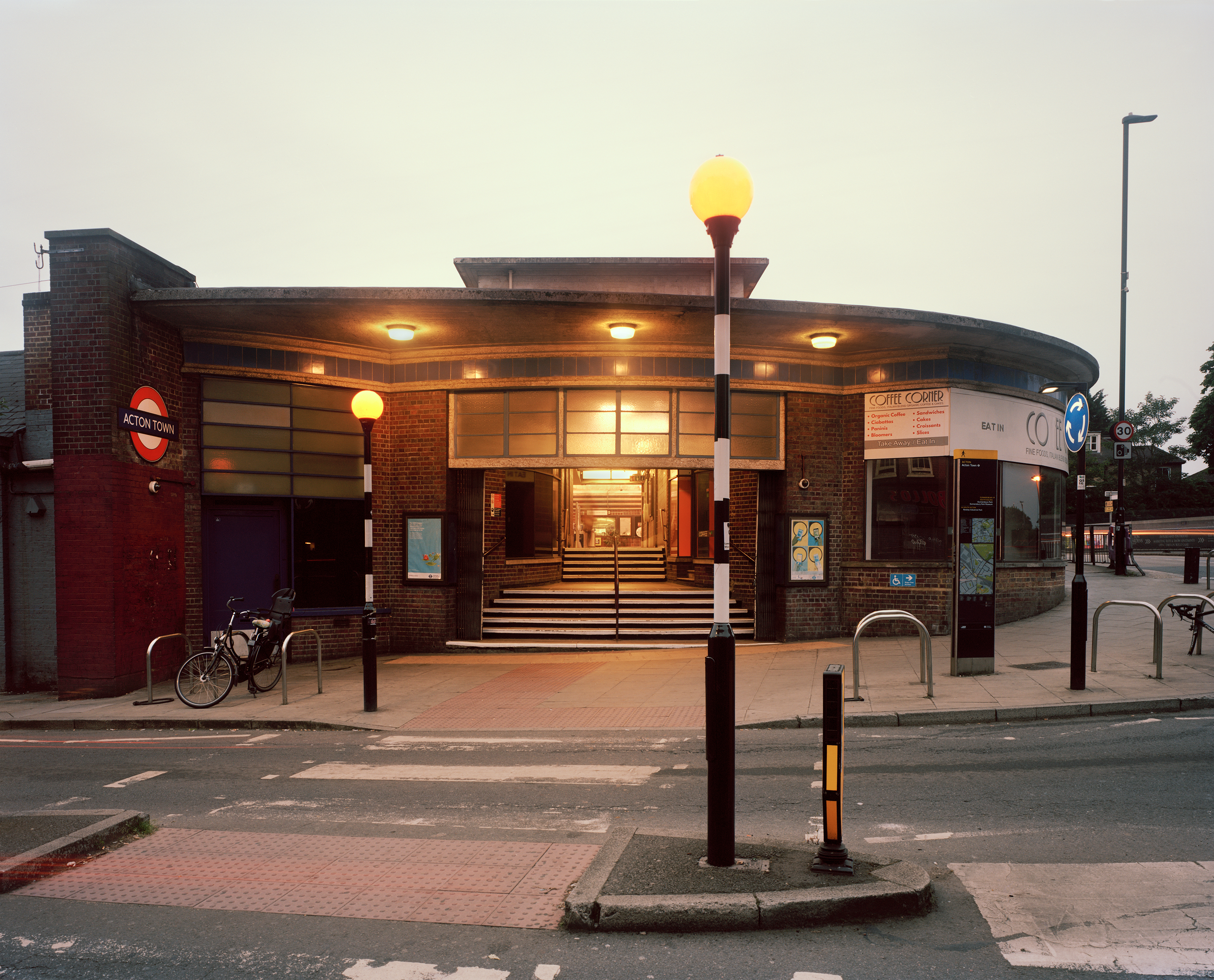Where’s Alice?
2018Gallery Smith Project Space exhibition, Melbourne, 2019
As another St Patricks Day passes in an alcohol soaked blur of plastic green Paddy Craic, this exported expression of Irish-ness, with its embedded sentiments of partition, militancy, and the IRA, deeply offends those in Ireland. In the midst of continuing talk of hard borders and trouble continuing to fester with bombs and fatal shootings recently in Derry and a Catholic Church in ethical and moral collapse, the task of dismantling the reality of Irish-ness and its endless Pug Malone and Bridie O’Reilly diasporic variants is harder to do.
I was raised in a proud Irish Catholic family in a predominantly Catholic city (in which the descendants of the Irish were, for all their numbers, not at the top of the pile). I was taught in Catholic schools in classrooms, filled mostly with Irish Catholic children: there were the O’Deas, the O’Sheas, the Gallaghers, the McGuckins, the McCawleys and the McNaes to name just a few. The Irish nuns, brothers and priests delivered classes and sermons in a lilting Irish brogue. There is no mistaking this heritage. Our home was adorned with posters for the Irish Republic and that day of martyrs in Easter 1916; my father was a formidable criminal advocate in the Irish oratory tradition; and any gathering would most often descend into Irish singalongs. You know the type, Oh Danny Boy, with alcohol flowing freely.
And with the call that comes for those whose imaginary homelands lay abroad, I returned for the first time to Ireland too see what sense I could make of it all. The resulting work is drawn from Northern Ireland, the Republic of Ireland and the Isle of Man in the Irish Sea and also London and Paris. The work participates in a number of architectural genres but it is the fabled rabbit hole which provides a compelling logic which structures this series. The rabbit hole, at once provides entry to a dark underworld and a place, perhaps, of wonderment, curiosity and bemusement. This particular rabbit hole, a onetime target of the IRA, provides the entry to other works in the series which conjure wafer thin sincerity, menacing obscenity, optical redundancy and diasporic departure. Alice is nowhere to be found.
The trauma that may be found inscribed in many of the sites which form the subject of these photographs creates a map of geo-psycho-violent-energy that we seem only too willing to extend with alarming ferocity. Events of recent days in our pacific neighbour New Zealand, in a city already deeply riven by serial catastrophic events, are evidence enough that hatred, division and intolerance are pulling our world apart, with no sign of it letting up. If it’s not the priests performing acts of indecency upon innocent children, its sick individuals all too willing to post their horror online on corporate snuff platforms and leaders fomenting further hate and division to secure some electoral edge. Enough of the vanilla excuses, the deniers and the apologists. Alice must be found for humanity’s sake.












